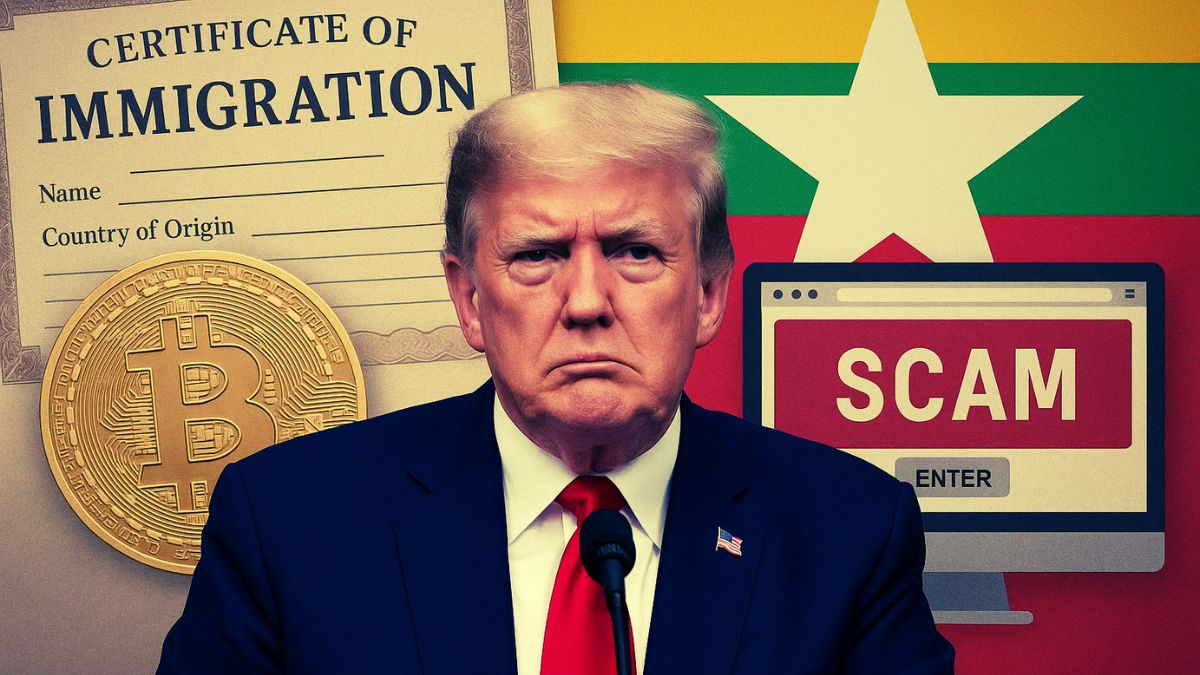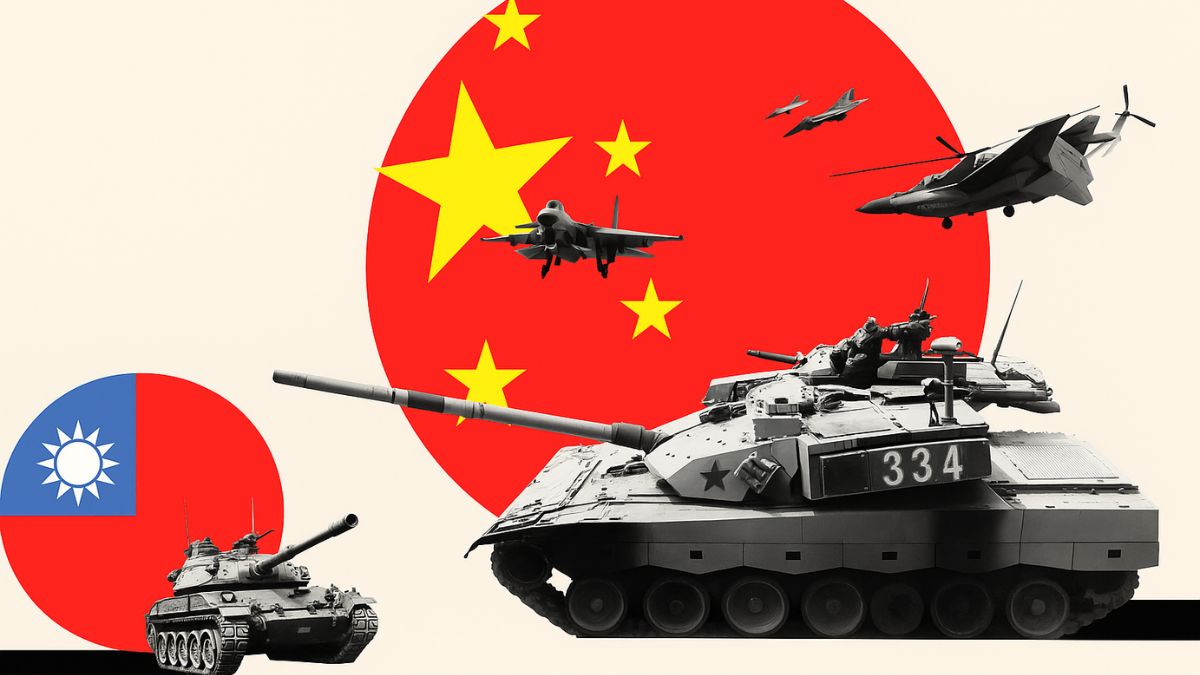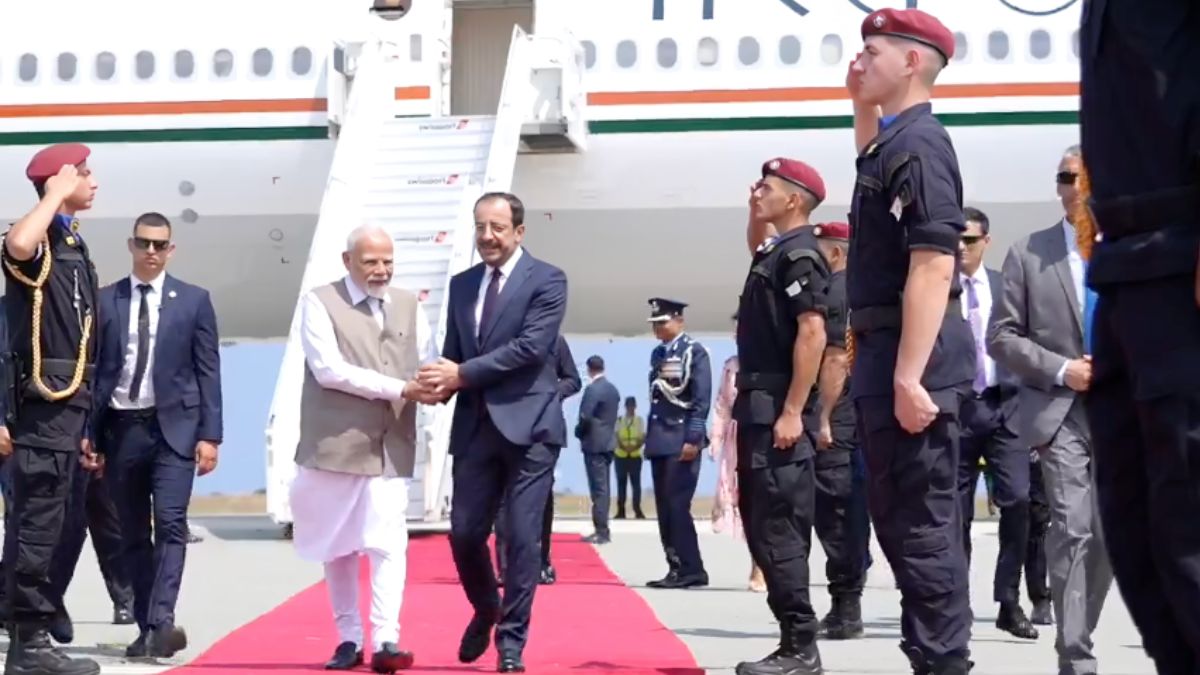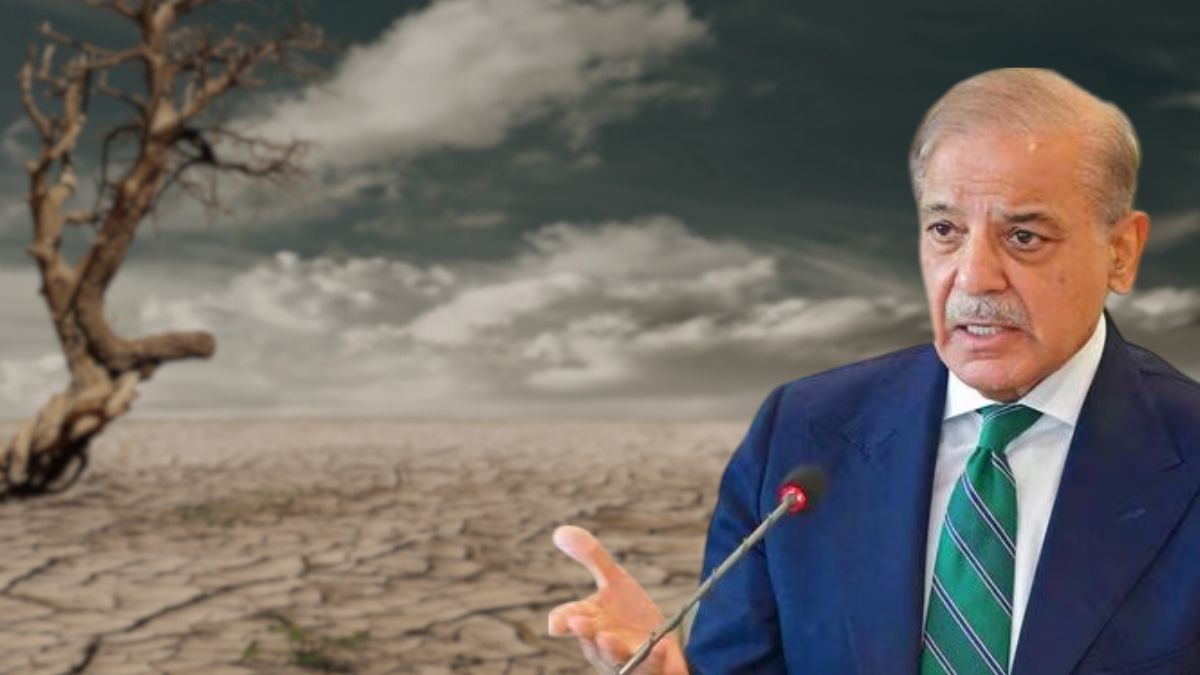50% Tariff On India: Trump Got Personal? US Investment Firm Reveals His ‘Personal Pique’ Behind Tantrums
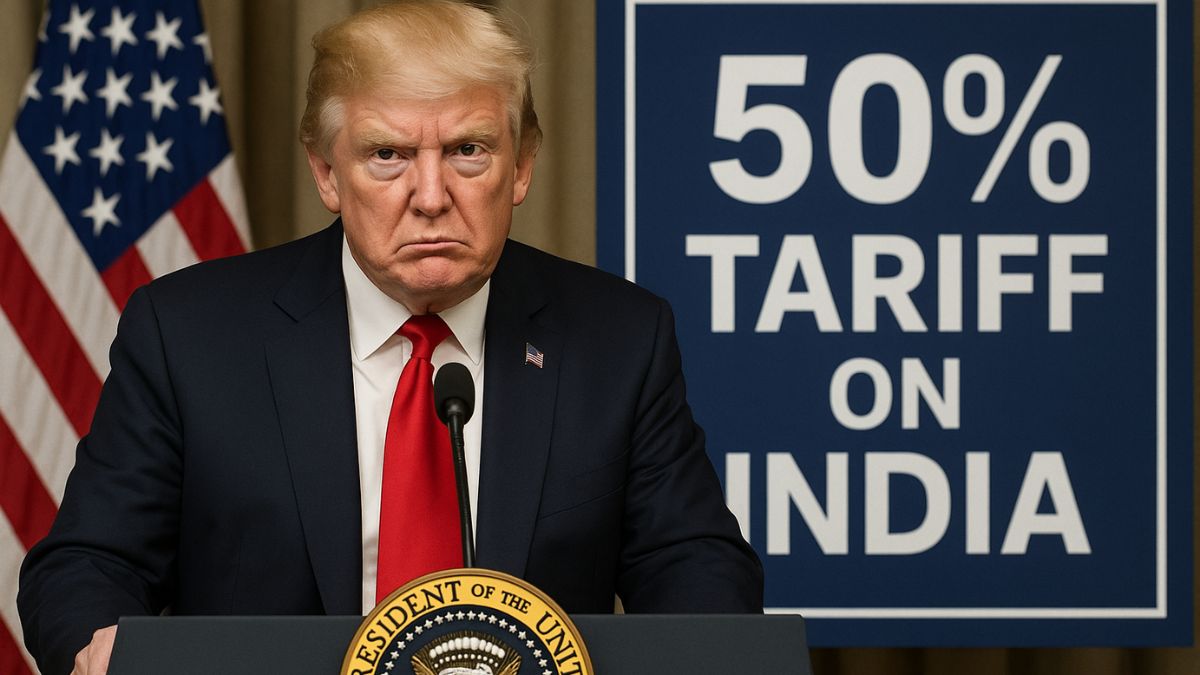
The Jefferies report has warned that pushing India risks it being close to China (Image courtesy: AI pic)
When US President Donald Trump announced steep 50% tariffs on Indian goods earlier this year, the move was seen primarily through the prism of trade protectionism. But a new report by global investment bank Jefferies suggests a deeper and more personal motive behind the decision.
According to the report, the punitive tariffs were not just about economics but also about Trump’s frustration at being denied a role in mediating the India-Pakistan conflict. The timing is telling as the announcement followed the deadly terror attack in Jammu and Kashmir’s Pahalgam in May, which triggered a brief but tense military clash between the two neighbours.
Why mediation matters in Washington?
Trump had publicly expressed interest in brokering peace between India and Pakistan, a move that could have boosted his international stature and even bolstered his case for recognition such as the Nobel Peace Prize. For the White House, an India-Pakistan peace deal would have been a marquee foreign policy achievement.
But New Delhi stuck to its long-held position – disputes with Pakistan are strictly bilateral. This “red line” has defined India’s diplomacy since the Simla Agreement of 1972 and has been reiterated across successive governments, regardless of political leaning.
By rejecting outside intervention, India denied Trump the global stage he sought. Jefferies bluntly described the tariffs as “the consequence of the American president’s personal pique.”
Beyond geopolitics: Farm factor also behind Trump’s tariff tantrums?
While the Pakistan issue may have been the trigger, trade tensions between the two countries were already simmering. Agriculture has long been a sticking point in US-India talks. Opening India’s farm sector to large-scale imports would hit millions of smallholders.
Agriculture supports nearly 250 million people in India, employing about 40% of the workforce. Successive Indian governments have resisted American pressure to liberalise the sector, seeing it as politically and socially untenable. Jefferies noted that this intransigence over agriculture added to Trump’s growing frustrations, adding to the tariff decision.
What are the wider irritants in the relationship?
The report also pointed to other factors straining ties. Trump’s failure to deliver on his campaign promise of ending the Ukraine war has placed his foreign policy under scrutiny. At the same time, India’s continued purchase of discounted Russian oil, despite Western sanctions, has raised concerns in Washington about New Delhi’s strategic leanings.
Yet, Jefferies argued, these were secondary irritants. The refusal to let Trump mediate between India and Pakistan remained the central trigger for the tariff spike.
A policy misstep with long-term risks?
The Jefferies report called Washington’s move a “policy misstep” that could backfire against US national interests. By pushing India away, the US risks nudging New Delhi closer to Beijing at a time when global alignments are shifting. For now, Trump’s tariffs may play well to his domestic political base, but analysts caution that reducing India to the collateral damage of a personal grievance risks undercutting a relationship Washington itself has long termed as “strategic.”
American brand in toilet?
Recently, former US national security advisor Jake Sullivan condemned Trump’s trade move against India, warning that the “massive trade offensive” risks undoing years of work to bring New Delhi closer to Washington.
“When I go to these places now and I talk to leaders, they are talking about derisking from the United States,” Sullivan said, adding, “They now see the US as the big disruptor, the country that can’t be counted on. China has moved ahead of the United States in popularity in a whole lot of countries… the American brand globally is in the toilet.”


